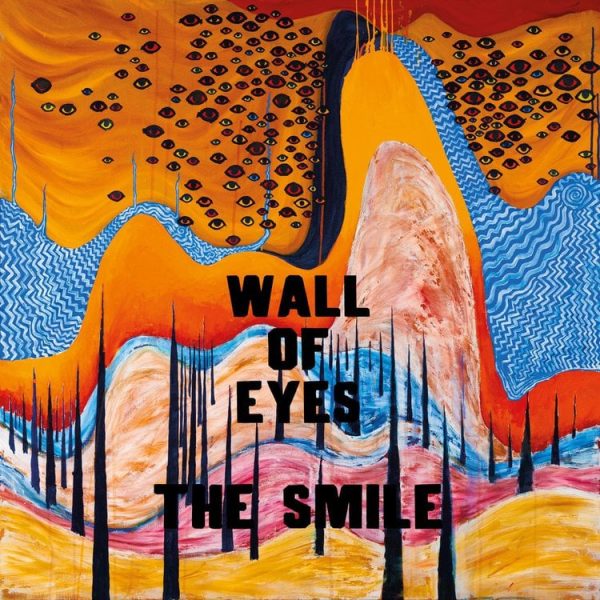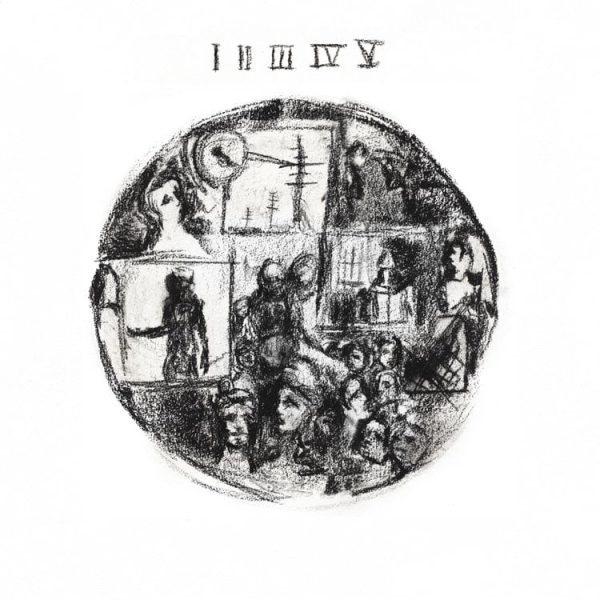Album Review: Who’s Next

In 1971, Pete Townshend, the lead guitarist and principal song-writer for The Who, struggled to create another LP that was as good as the one they had just released. Specifically, Townshend was wanting to create an album as symbolic and as musically diverse as Tommy, their fourth LP which had become their most critically and commercially successful release two years earlier.
When composing Tommy, Townshend was inspired by the philosophy of Meher Baba, an Indian spiritualist mentor, who stressed the importance of being introspective, while also demonstrating compassion and love to others. With these principals in mind, Townshend began developing a story for the band’s LP. This was an attempt to evolve from the simpler pop-style songs that The Who became famous for at the beginning of their career. Townshend’s story evolved into a tale of Tommy, the main protagonist of the LP, who becomes blind, deaf and unresponsive after witnessing a murder committed by his parents. Not only does Tommy contain an extremely symbolic story, but it also featured more psychedelic and diverse musical arrangements, making the album critically and commercially successful, while being classified as one of the first rock-operas.
With the effect of success on his back, Townshend worked extremely hard on making another great album.
In order to continue the story telling aspect, Townshend was determined to create another rock opera. The project was entitled Lifehouse, which, as Townshend described it, was a story set in the future where people are held in captive houses by the government and music was banned. Townshend’s inspiration behind the concept came from his own view of the importance of rock music, and specifically how rock music can be used as a form of communication, engaging the audience and making the audience and band one. Although Townshend put an almost unlimited amount of energy into creating the LP, the project became too complex, and Townshend eventually abandoned the project. Although the project had been abandoned, Townshend was still encouraged to make another album.
Because of the freedom caused by abandoning a storyline, along with synched musical rhythms, the band was able to focus more on individual songs. Who’s Next was the project that eventually came. While the entire project was initially abandoned, some songs from Lifehouse were put on the LP.
“Behind Blue Eyes,” one of The Who’s most praised songs, was taken from the earlier project. The song focuses on the main antagonist of Lifehouse, and it describes the antagonist’s despair and anger from everyone’s evil perception about him. The song begins with the band singing in a quartet with Townshend providing acoustic accompaniment. Later, the song breaks into a hard rock song. Although this is one of the most famous songs from the LP, there are many other classics that are featured.
Musically, Who’s Next had a more diverse sound than any of their other LPs. Specifically, the electric synthesizer is used heavily in the album. Townshend believed that it would be able to create a certain rhythm that would be able to strike a harder cord with the audience, impacting the way they experience the music.
Although the synthesizer is used heavily throughout the album, it is heavily featured in the two songs “Baba O’Riley,” the first song of the album as well as the song “Won’t Get Fooled Again,” the final song of the album. Since the song combines the electronic and hard rock of the 1970s, it is considered one of The Who’s greatest songs of all time. Although the album does feature electronic music, The Who’s original roots still shine throughout the LP.
The song “Love Ain’t for Keeping” shows their roots as the song is a straightforward ballad about taking love when it is offered. It features a more conventional sound, unlike the rest of the very experimental LP.
The Who’s efforts paid off immensely, as the LP was extremely critically and commercially successful, becoming The Who’s most celebrated project and marking their place in rock and roll fame.










